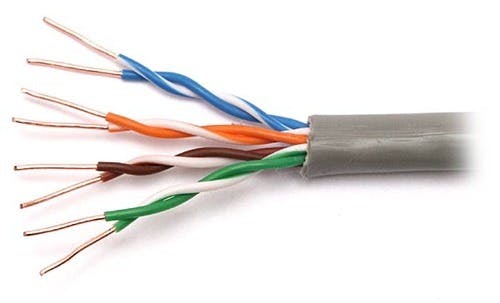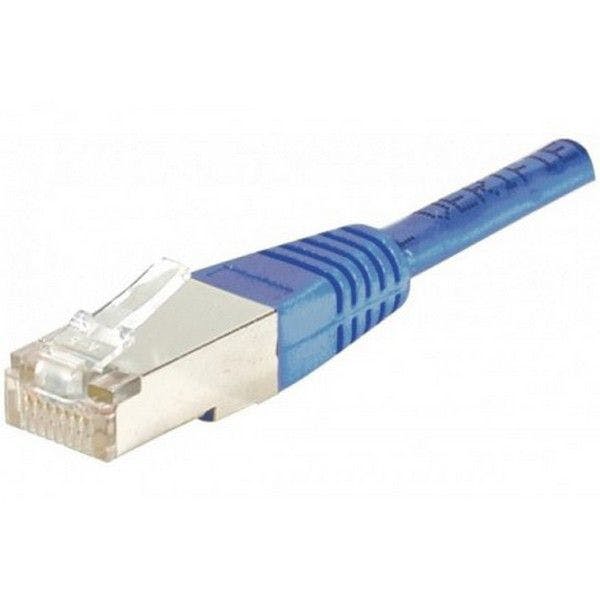This article is part of a serie called [ Devops : Back to Basics ] where i document what i'm learning on my journey to become a Devops Engineer from my current position as a Backend Engineer.
Introduction
The physical layer consists of devices and means of transmitting bits across computer networks.
A bit is the smallest representation of data that a computer can understand. It's a one or a zero. A standard copper network cable, once connected to devices on both ends, will carry a constant electrical charge. Ones and zeros are sent across those network cables through a process called modulation.
Modulation is a way of varying the voltage of this charge moving across the cable.
When used for computer networks, this kind of modulation is more specifically known as line coding.
It allows devices on either end of a link to understand that an electrical charge in a certain state is a zero, and in another state is a one.
Twisted pair cabling and duplexing
The most common type of cabling used for connecting computing devices is known as twisted pair.
It's called a twisted pair cable because it features pairs of copper wires that are twisted together.
These pairs act as a single conduit for information, and their twisted nature helps protect against electromagnetic interference and crosstalk from neighboring pairs.

These cables allow for duplex communication.
Duplex communication is the concept that information can flow in both directions across the cable.
On the flip side, a process called simplex communication is unidirectional.
The way networking cables ensure that duplex communication is possible is by reserving one or two pairs for communicating in one direction.
They then use the other one or two pairs for communicating in the other direction.
So, devices on either side of a networking link can both communicate with each other at the exact same time.
This is known as full duplex.
Half-duplex means that, while communication is possible in each direction, only one device can be communicating at a time.
It can happen if there's something wrong with the connection.
Network ports and patch panel
Network ports
The final steps of how the physical layer works take place at the endpoints of our network links.
Twisted pair network cables are terminated with a plug that takes the individual internal wires and exposes them.
The most common plug is known as an RJ45, or Registered Jack 45.

A network cable with an RJ45 plug can connect to an RJ45 network port.
Network ports are generally directly attached to the devices that make up a computer network. Switches would have many network ports because their purpose is to connect many devices.
But servers and desktops, usually only have one or two.

Most network ports have two small LEDs.
One is the Link LED, and the other is the activity LED.
The link LED will be lit when a cable is properly connected to two devices that are both powered on.
The activity LED will flash when data is actively transmitted across the cable.
Patch Pannel
Sometimes a network port isn't connected directly to a device. Instead, there might be network ports mounted on a wall or underneath your desk. These ports are generally connected to the network via cables, run through the walls that eventually end at a patch panel.

A patch panel, is a device containing many network ports.
But it does no other work. It's just a container for the endpoints of many runs of cable.
Additional cables are then generally ran from a patch panel, to switches, or routers to provide network access, to the computers at the other end of those links.
Conclusion
That's it !
Don't hesitate to comment to point out some mistakes or make some precisions.
As i said in the beginning, i am still studying these concepts :)
See you in the next one ! 🤖🤖🤖

![[ Devops : Back to Basics ] : The Physical Layer](https://cdn.hashnode.com/res/hashnode/image/unsplash/40XgDxBfYXM/upload/v1662114378426/ZHTYHq9T_.jpeg?w=1600&h=840&fit=crop&crop=entropy&auto=compress,format&format=webp)
